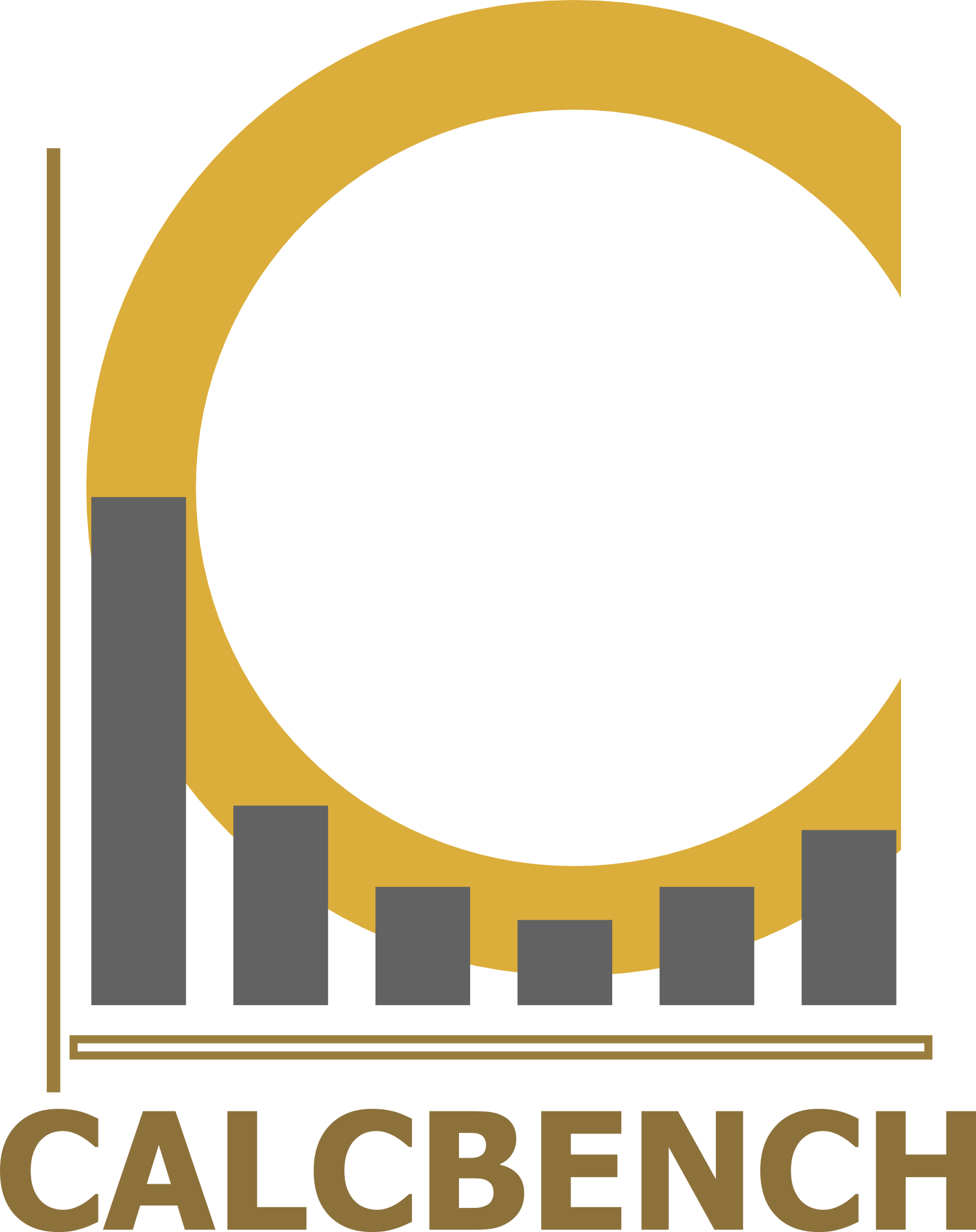
Calcbench Newsletter (June 2016)
Historical data is always useful to good financial analysis, so Calcbench has decided to serve up a bunch more of it to our customers. When researching a company (through the Company in Detail page), you can now use our Show All History feature to see all line items the company has disclosed—including line items a […more]








